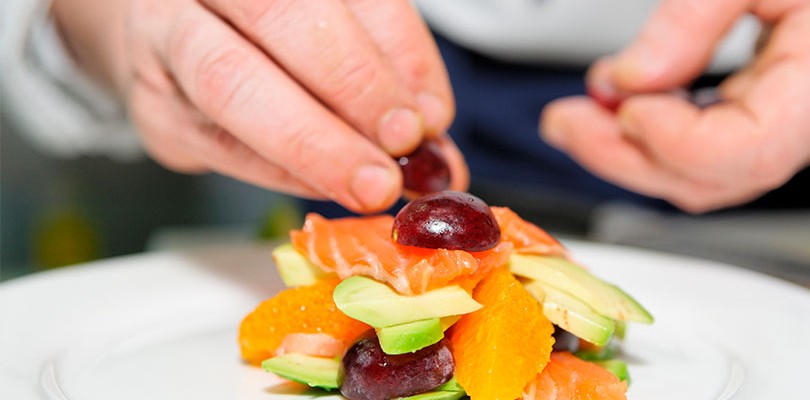
Photo Credit: Kondor83 / istockphoto.com
Eating Out With Diabetes
Eating out with diabetes is not always easy. You need to keep a close eye on portions, nutrients and specific ingredients, and sometimes even deal with diabetes appetite loss, which is alright when you’re eating at home, but considerably more complicated when you’re joining friends or family at a restaurant.
Menus are tempting — a tantalizing selection is how the restaurant earns its keep — so it’s best to have a game plan before you take your seat. Luckily, there are plenty of ways to avoid diabetic dangers like overeating, taking in too much sugar and missing your meal time. Take these strategies with you the next time you’re dining out, and you can enjoy a worry-free meal.
1. Choose Quality Over Quantity
Restaurants are the ideal setting for over-indulgence. Since you’re not making the food, you don’t know precisely what’s gone into it, and the portions are notoriously enormous. Plus, the lower on the restaurant ladder you go, the bigger the dishes tend to become (but the lower the quality of ingredients).
Remedy the problem by choosing a more upscale restaurant: finer dining establishments tend to focus on artistry and quality more than value, which means you’ll be treated to exquisitely compiled flavor in a relatively small portion.
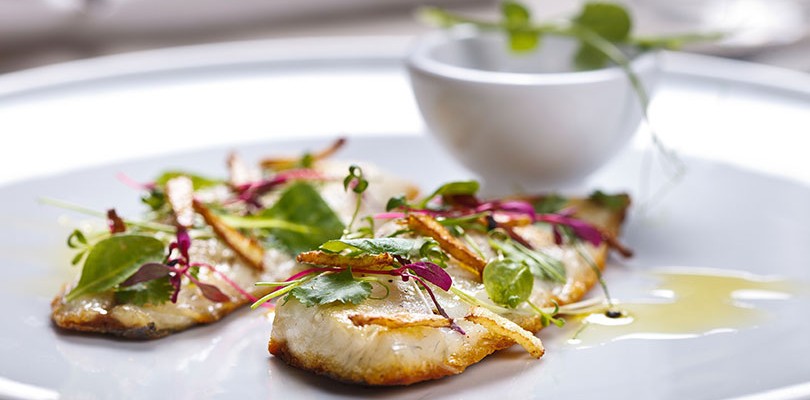
Photo Credit: Paulo Brandão / istockphoto.com
2. Eat on Time
Timing is everything when it comes to eating with diabetes, whether you’re at your kitchen table or a fine-dining restaurant. Since you can’t control how quickly the dining room and kitchen operate on any given lunch or dinner rush, try to book a table for just before your regular meal time. This way, you’ll leave yourself time to get settled, and allow the rest of your party to arrive before the orders are taken.
You may be able to get away with a bit of extra waiting, but if you rely on insulin or medication to be taken with food, don’t change it: ask to order some fruit or a small appetizer to get you through.

Photo Credit: LeeTorrens / istockphoto.com
3. Surround Yourself with Good Influences
The dining atmosphere can make a big difference in how and what you eat. When you’re in a high-stress situation, or you don’t know anyone sitting around you, you’re more likely to busy yourself with food and drink.
On the other hand, when you dine with people who make you happy and comfortable, you won’t have the nerves to contend with. If that crowd is also into healthier eating, you’re far more likely to mimic their behavior and order a dish that respects your waistline and your diabetes limitations.
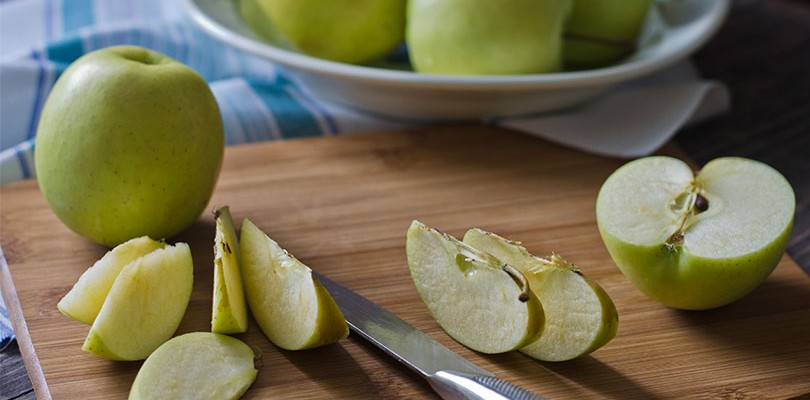
Photo Credit: irina-k-ch / istockphoto.com
4. Have a Snack Beforehand
Good preparation is always a good idea. If you eat a small, healthy snack about an hour before you head out to the restaurant, you’ll make up for the inevitable wait once you’ve sat down at the table. Be sure to snack on something relatively filling but also low-carb (think a few carrot sticks, an apple, a hardboiled egg or a bit of cottage cheese), and don’t overdo it.
Also, try to keep that snack in mind when the bread or chips are delivered to your table — all the little pre-dinner tidbits add up quickly.
Although diabetic foot problems may not immediately spring to mind, they should be at the top of your list of concerns. Learn more here.

Photo Credit: byebyeblue / istockphoto.com
5. Drink Water
Fluids fill the stomach, and that’s a good thing, especially when you’re out for a leisurely meal. Starting with water right away will get you into the habit of sipping throughout your meal, which will help slow down your eating (so you’re more likely to notice that you’re getting full).
Herbal tea is another good choice, but steer clear of alcohol if your blood sugar tends to run amok, or else you could find yourself in a hypoglycemic situation before you know it.
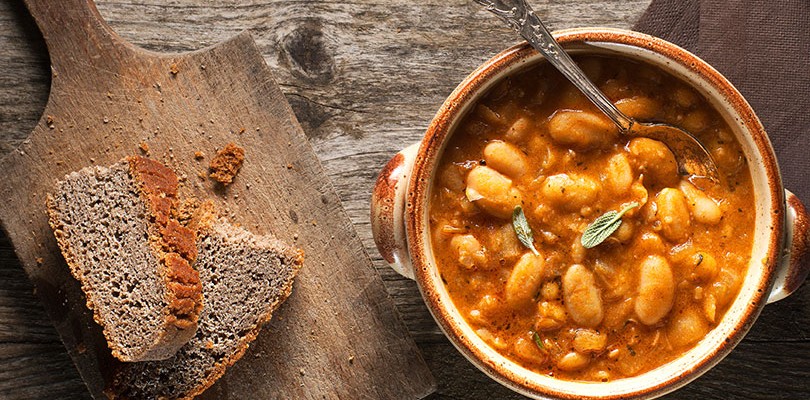
Photo Credit: dulezidar / istockphoto.com
6. Ease Into the Meal
Starting with an appetizer may seem like a recipe for overeating, but it can curb your indulgence — as long as it’s the right dish. A garden salad or vegetable-based soup is a really good way to get a serving of fiber and low-calorie sustenance, and if you enjoy it before you order your main course, you may be able to curb your urge to order a particularly calorie-dense dish. Beware of the bread basket, though: simple carbs are a recipe for trouble, especially when you’re hungry and faced with a bottomless basket.
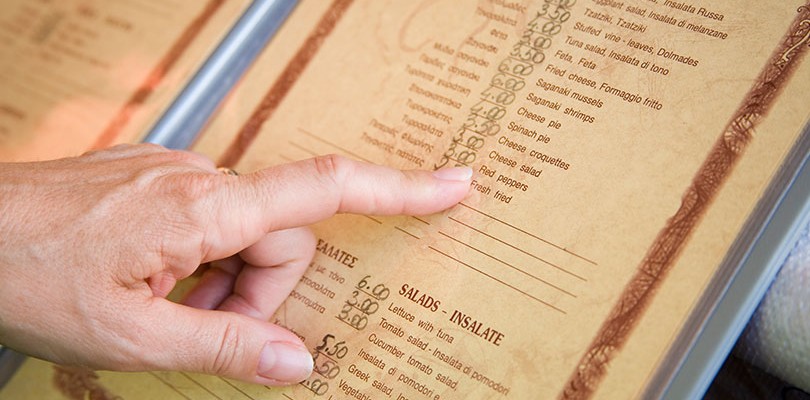
Photo Credit: photoposter / istockphoto.com
7. Know Your Terms
Menus use a pretty wide vocabulary, so get synonym-savvy. “Creamy,” “golden,” and “crispy” either point to high-fat dairy or a vat of oil, and those are things to avoid. Even sautéed veggies are sneaky – they’re typically steeped in butter and garnished with a big pinch of salt.
Stick to steamed, broiled, or baked dishes without added sauce or complex seasoning. The fewer ingredients in the meal, the more wholesome it will be, especially when oil and butter are left out of the equation.
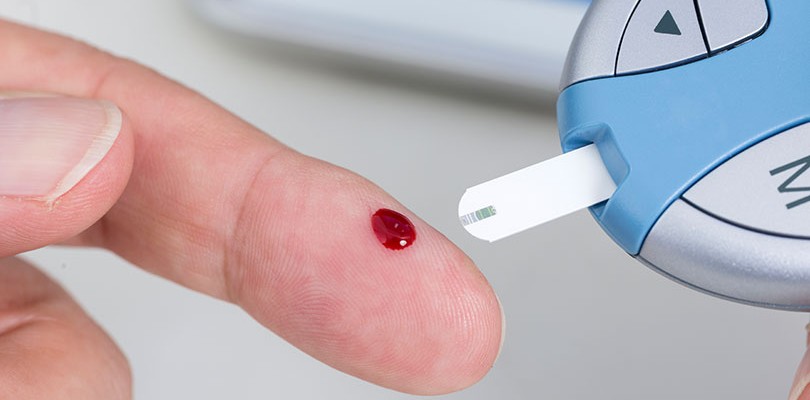
Photo Credit: Tuned_In / istockphoto.com
8. Follow up With a Blood Sugar Check
You probably won’t feel like checking up on your blood sugar in the middle of the main course, and that’s fine. Just remember to take a look within two hours after you’ve finished your meal. Is it in your target range?
If so, that’s good news — there’s no need to worry about ordering the same things the next time you visit that restaurant. If the result isn’t so great, make a note of what you ate, and how much you ate, so you can avoid making the same mistake again.
You should be able to enjoy dining out, even if you have to pay closer attention to your meal than everyone else at the table. A couple of indulgent bites, a taste of a dessert, or even a glass of nice wine (if your blood sugar can handle it) isn’t out of the question.
But whatever you do, don’t “save up” calories and carbs by eating less throughout the day leading up to the big event — a regular eating schedule will help you keep a healthy blood sugar level, and that’s what matters most.
What do you know about the connection between diabetes and heart disease? Read on to learn about each and how they coincide.








